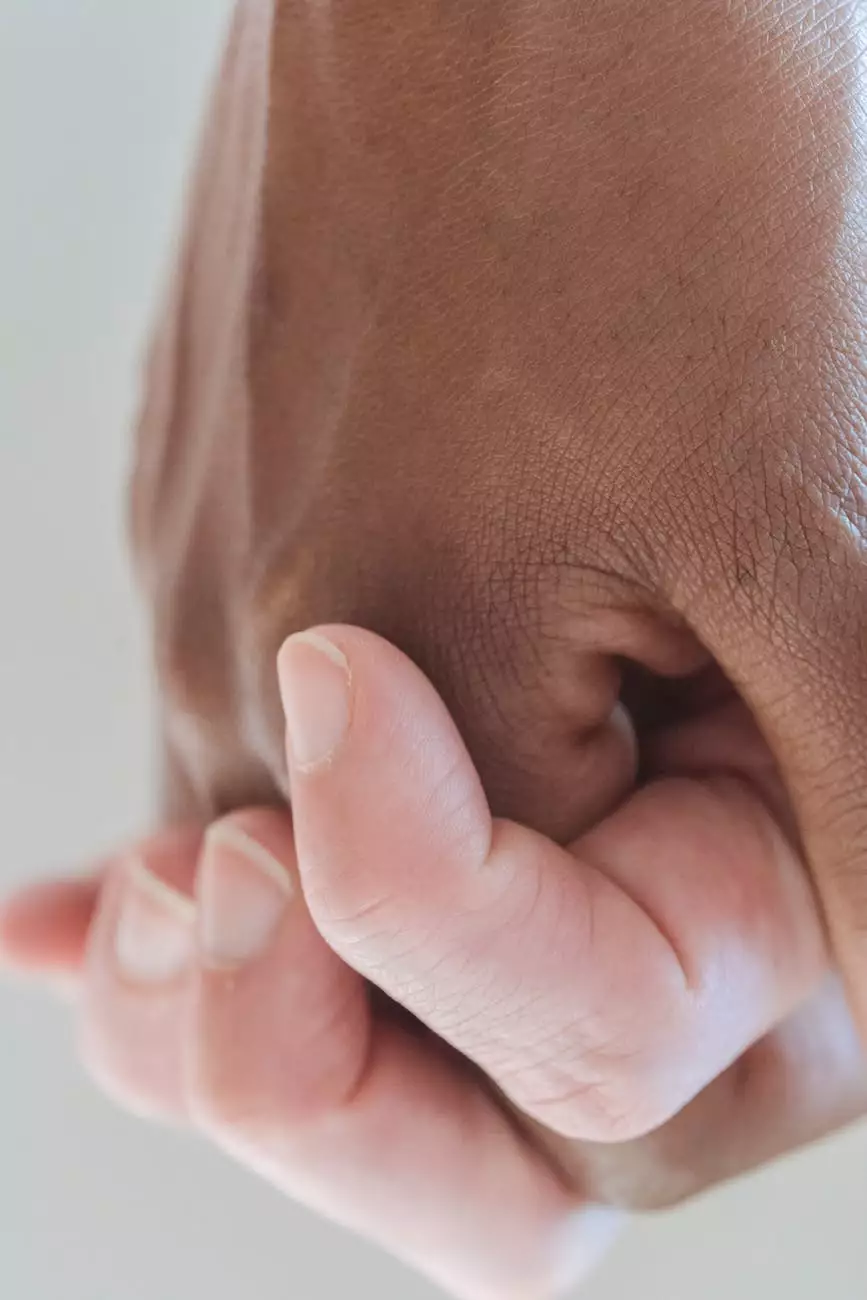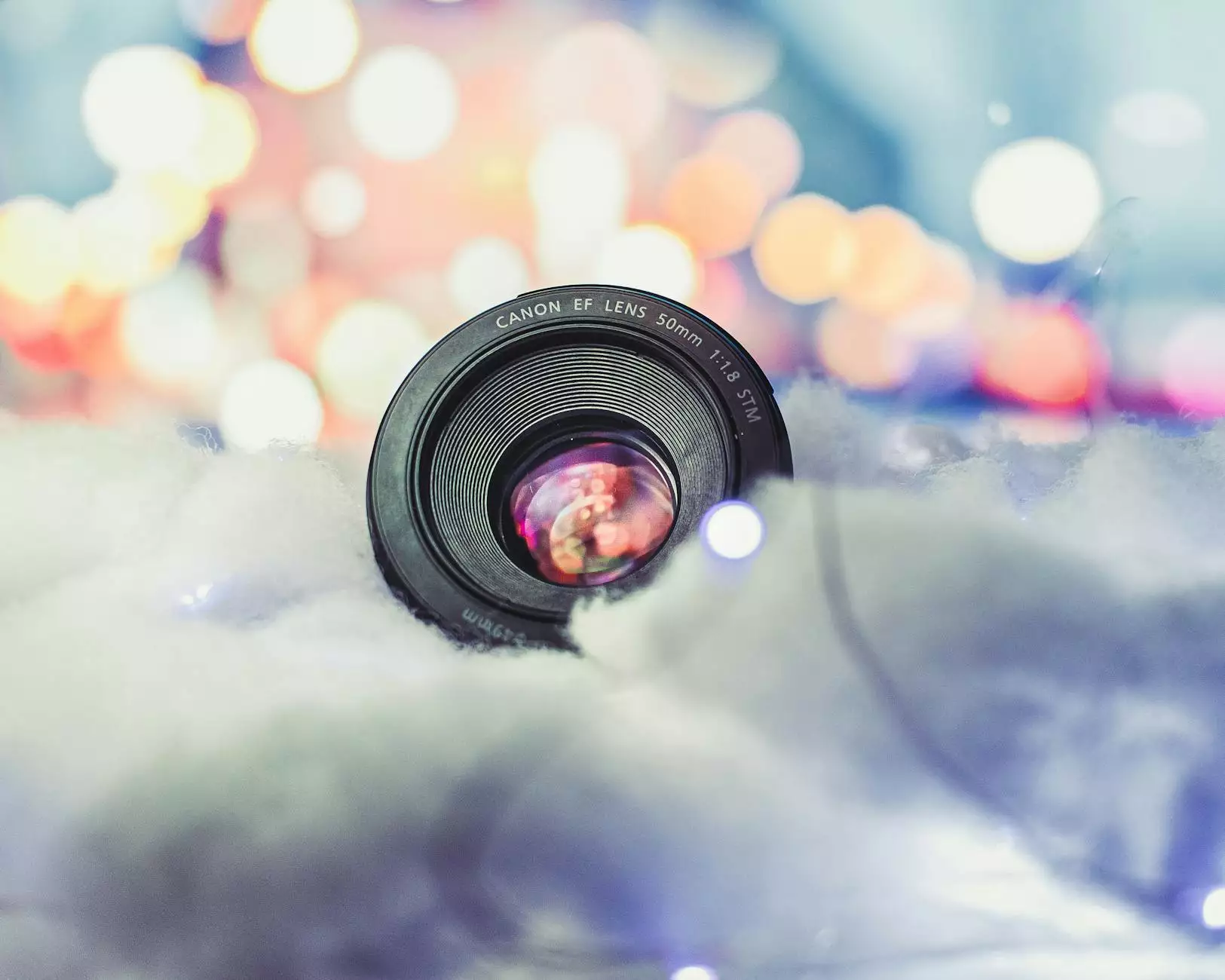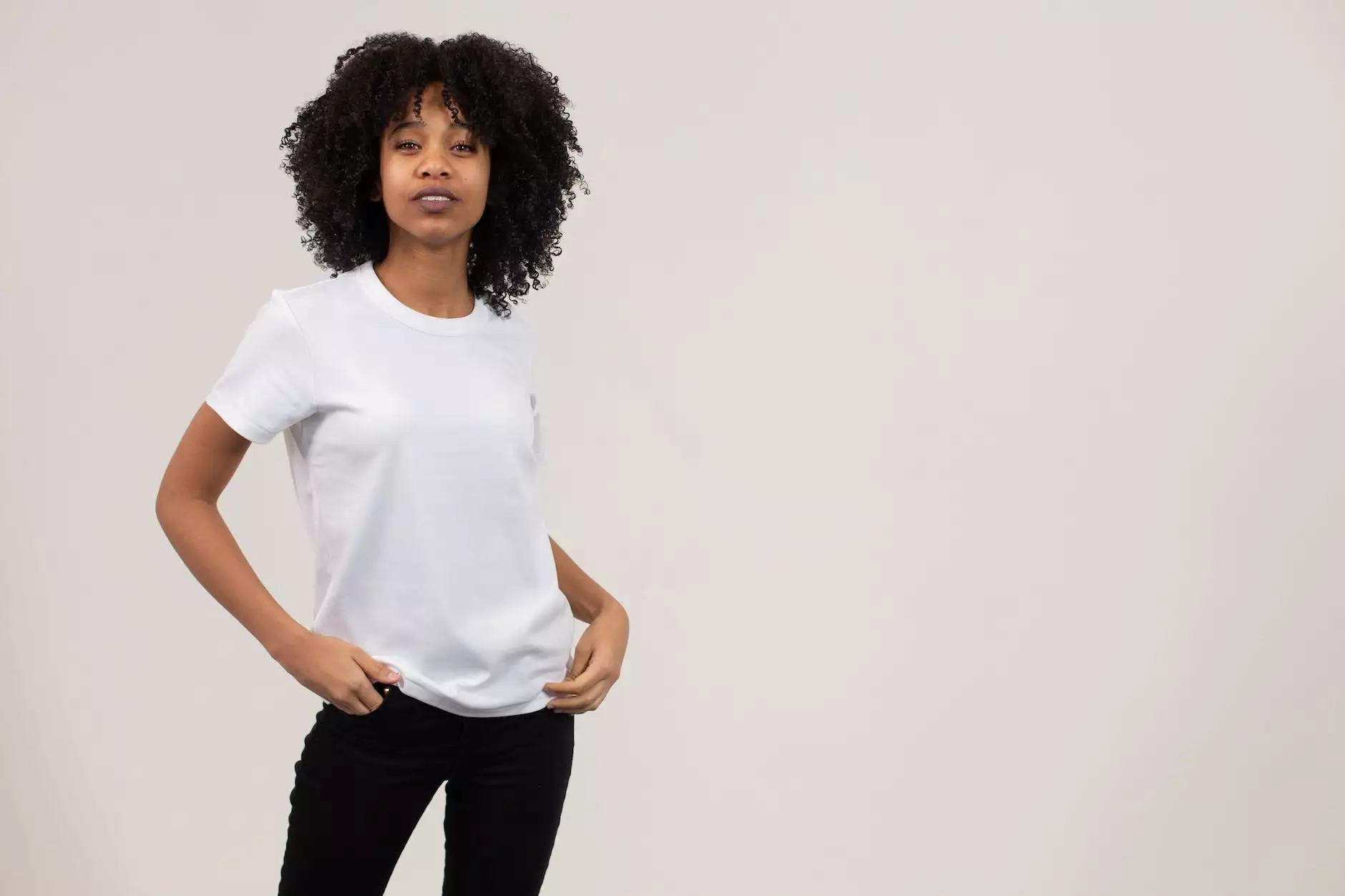278 – Adjective Comparisons – English Grammar Lesson
English Grammar Lessons
At NJCLT, we are dedicated to providing you with top-notch English grammar lessons that cover a wide range of topics. In this lesson, we will delve into the fascinating world of adjective comparisons. Understanding how to compare adjectives correctly is crucial for effective communication in English.
The Basics of Adjective Comparisons
When it comes to comparing adjectives, there are three forms: positive, comparative, and superlative.
The Positive Form
The positive form of an adjective is the base form, which is used when we simply describe an attribute without making any comparisons. For example, "The cat is cute."
The Comparative Form
The comparative form is used when we want to compare two things or individuals. It is formed by adding "-er" to the end of short adjectives and by using "more" before longer adjectives. For example, "This cat is cuter than that cat" or "The book is more interesting than the movie."
The Superlative Form
The superlative form is used when we want to compare more than two things or individuals and express the highest degree of a particular quality. It is formed by adding "-est" to the end of short adjectives and by using "most" before longer adjectives. For example, "This is the cutest cat I've ever seen" or "That is the most interesting book I've ever read."
Irregular Comparisons
Although most adjectives follow the regular rules for comparisons, some adjectives have irregular forms. These irregularities must be memorized to ensure accurate usage.
Examples of Irregular Comparative Adjectives
- Good - Better - Best
- Bad - Worse - Worst
- Little - Less - Least
- Far - Farther - Farthest
- Many/Much - More - Most
Examples of Irregular Superlative Adjectives
- Good - Better - Best
- Bad - Worse - Worst
- Little - Less - Least
- Far - Farther - Farthest
- Many/Much - More - Most
Using Comparative and Superlative Adjectives in Sentences
Now that we have covered the basic forms of adjective comparisons, let's explore how they can be used in sentences:
Comparative Example: The weather today is hotter than yesterday.
Superlative Example: This is the hottest day of the year.
Common Mistakes to Avoid
When using comparative and superlative adjectives, it's important to watch out for common mistakes:
Double Comparatives or Superlatives
Incorrect: "This book is more interestinger than the movie."
Correct: "This book is more interesting than the movie."
Using "More" or "Most" with Irregular Comparatives or Superlatives
Incorrect: "She is the most better player on the team."
Correct: "She is the better player on the team."
Incorrect Comparative or Superlative Forms
Incorrect: "We had the funniestest time at the amusement park."
Correct: "We had the most fun at the amusement park."
Practice Exercises
Now it's time to put your knowledge to the test with some practice exercises. Choose the correct form of the adjective to complete each sentence:
- The blue dress is prettier than the red dress.
- This is the most difficult exam I've ever taken.
- She is taller than her younger sister.
- That was the funniest joke I've heard in a long time.
- He speaks more fluently than any other student in the class.
Take your time and ensure you understand the correct usage of comparative and superlative adjectives. Practice makes perfect!
Conclusion
By mastering adjective comparisons, you are well on your way to becoming a confident English speaker. At NJCLT, we believe in providing comprehensive grammar lessons that equip you with the knowledge and skills needed to excel in the English language. We hope this lesson has helped clarify any doubts or confusion you may have had regarding adjective comparisons.
If you have any questions or would like additional practice materials, don't hesitate to reach out to us. Keep exploring our website for more grammar lessons and helpful resources. Happy learning!




